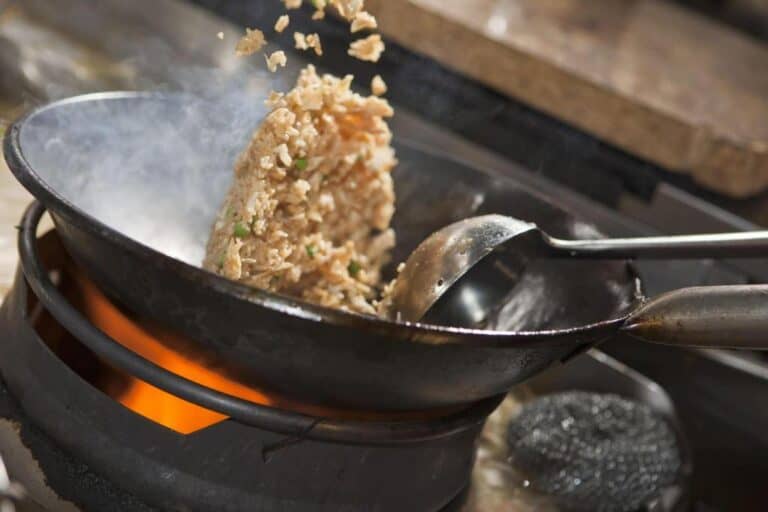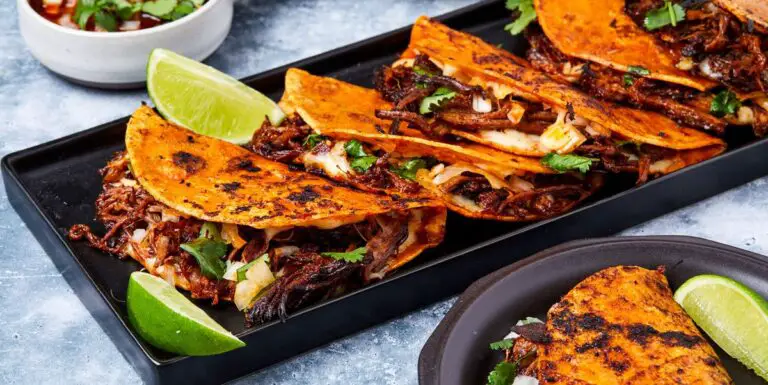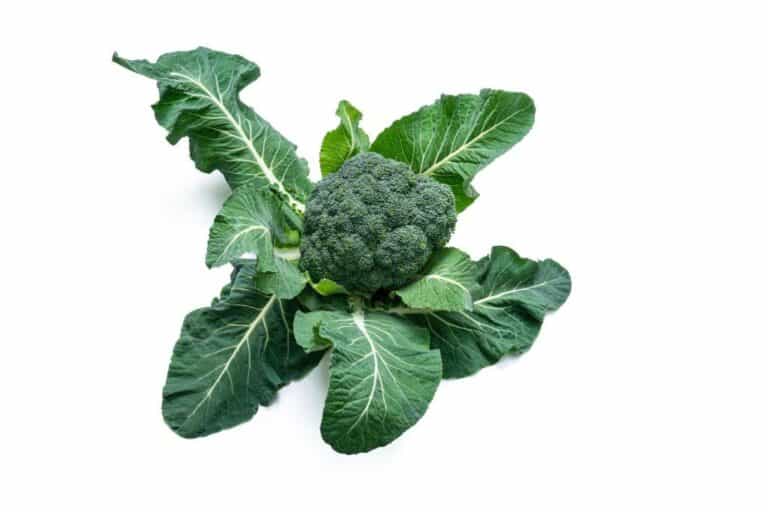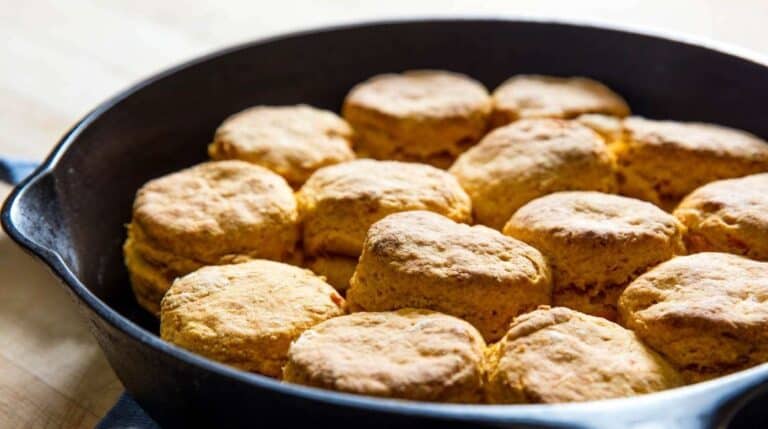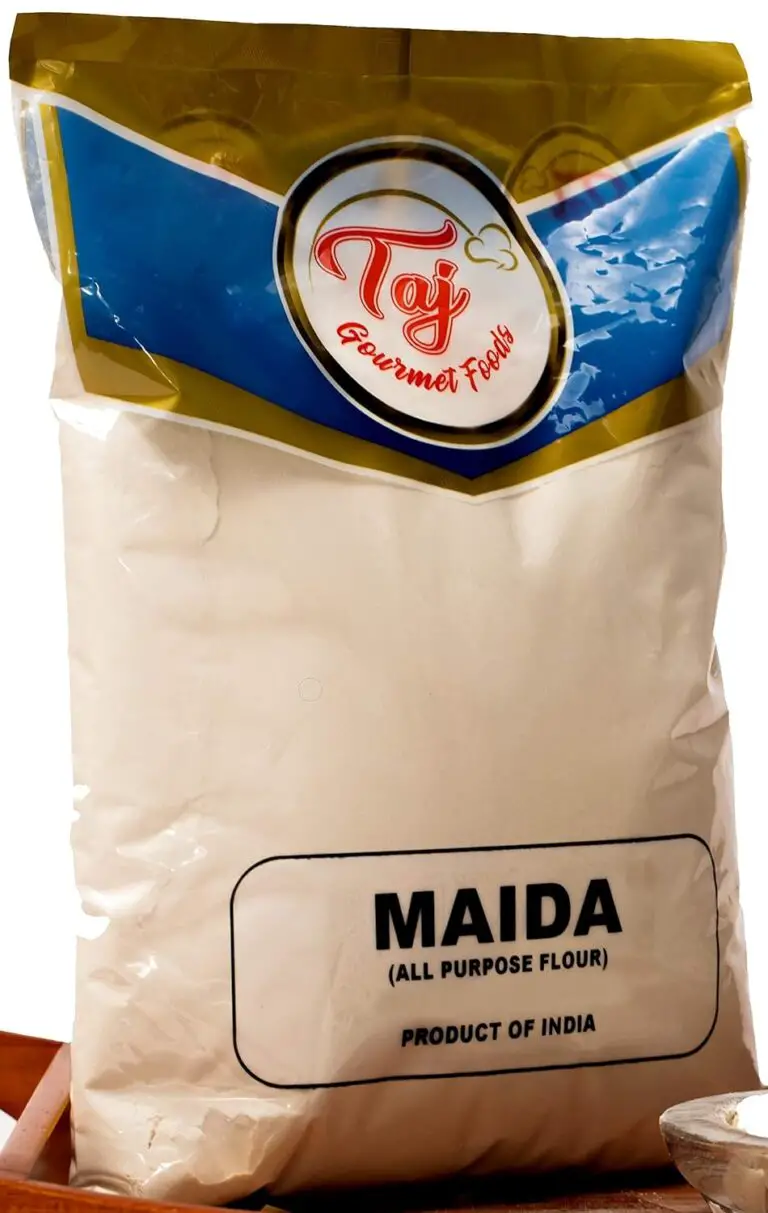The Importance of Resting Ribeye Meat After Grilling (How Long It Take?)
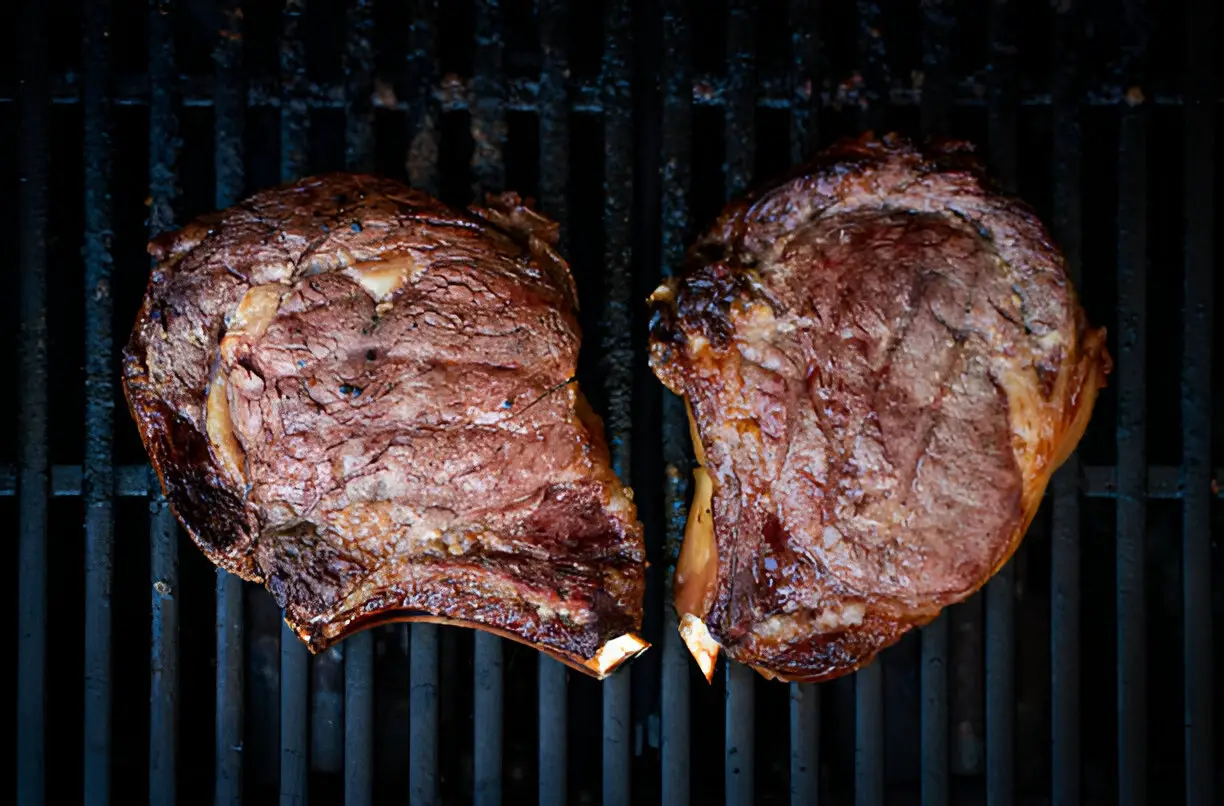
Have you ever wondered why your perfectly grilled ribeye doesn’t taste as juicy as you hoped? The secret might be in the resting period. Resting ribeye meat after grilling is a crucial step that can make a significant difference in flavor and tenderness.
Grilling a ribeye steak to perfection involves more than just selecting a prime cut and mastering the grill. One crucial, yet often overlooked step is resting the meat after it comes off the heat. This process ensures that your steak is juicy, flavorful, and tender, turning a good meal into a great one.
In this article, we’ll explore why resting is essential and how long it should take to achieve the best results. By understanding this key aspect of meat preparation, you’ll be able to elevate your grilling skills and serve ribeye steaks that are juicy, tender, and full of flavor every time.
Why Resting Ribeye After Cooking Matters
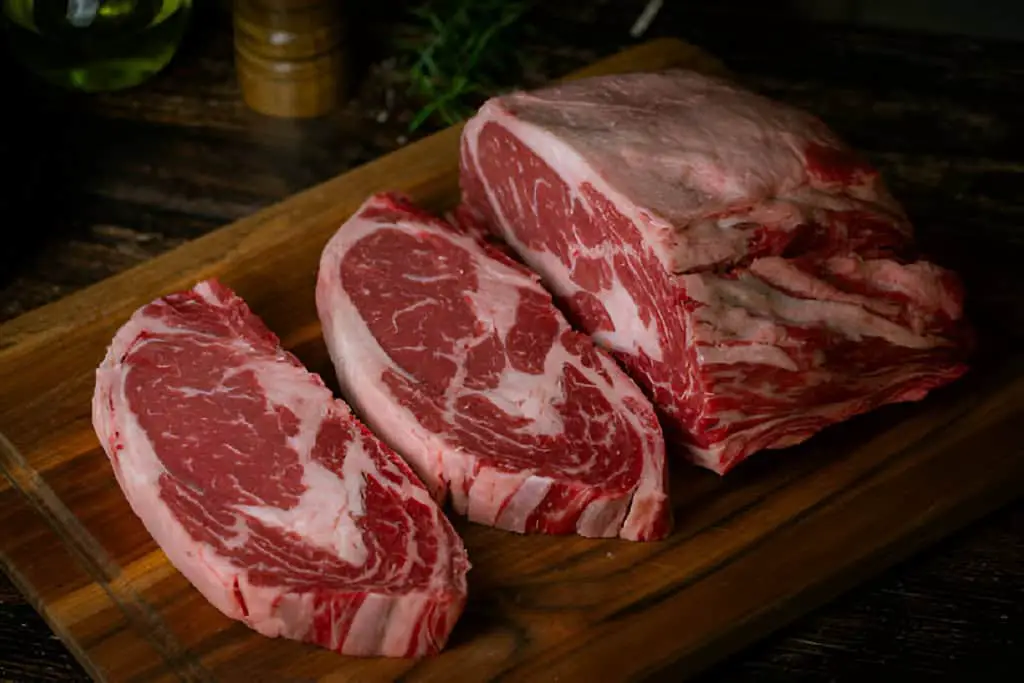
When a ribeye steak is cooked, the heat forces the juices toward the center of the meat. Cutting into the steak immediately after grilling releases these concentrated juices, resulting in a loss of moisture and flavor. Resting allows the juices to redistribute throughout the steak, ensuring every bite is as succulent as the last.
Benefits of Resting Ribeye Meat:
1. Redistribution of Juices
- When you cook a ribeye, the heat forces the juices towards the center of the meat. Resting allows these juices to redistribute throughout the steak, preventing them from spilling out when you cut into it. This results in a juicier, more flavorful steak.
2. Even Cooking
- Resting helps even out the temperature within the steak. The outer part of the ribeye cools slightly, while the internal heat continues to cook the steak gently, leading to a more uniform doneness throughout.
3. Enhanced Flavor
- The resting period allows the flavors to settle and develop further. Cutting into the ribeye immediately can lead to a loss of flavor along with the juices.
4. Texture Improvement
- Resting improves the texture of the ribeye, making it more tender and easier to chew. The fibers in the meat relax during the resting period, which enhances the overall eating experience.
The Science Behind Resting Meat
Understanding the science behind resting meat sheds light on its importance. During grilling, muscle fibers in the steak contract and expel moisture. If you cut into the steak immediately, these fibers are still tense, and the juices will pool out. Resting allows the fibers to relax and reabsorb the moisture, leading to a more evenly moist and flavorful steak.
| Factor | Before Resting | After Resting |
| Juice Distribution | Concentrated in the center | Evenly distributed throughout |
| Muscle Fiber State | Tense and contracted | Relaxed and reabsorbed |
| Texture | Potentially tough and uneven | Tender and consistent |
How Long Should You Rest Ribeye Meat?
The resting time for ribeye meat can vary, but a good rule of thumb is to rest the steak for about 5-10 minutes. The exact time can depend on the thickness of the steak and the desired doneness. Here’s a simple guide:
- Thinner Steaks (1 inch or less): Rest for 5 minutes
- Thicker Steaks (1-2 inches): Rest for 7-10 minutes
- Very Thick Steaks (over 2 inches): Rest for 10-15 minutes
Step-by-Step Guide to Resting Ribeye Meat
Step 1: Remove from Heat
- Once the steak reaches your desired doneness, remove it from the grill and place it on a cutting board or plate.
Step 2: Tent with Foil
- Loosely tent the steak with aluminum foil. This helps retain heat without causing the steak to steam, which can make the exterior soggy.
Step 3: Wait Patiently
- Allow the steak to rest undisturbed for the appropriate time based on its thickness.
Step 4: Slice and Serve
- After resting, slice the steak against the grain to ensure maximum tenderness and enjoy.
| Read: Steaming Meat vs. Grilling: Which One is the Healthiest Cooking Method? |
Common Mistakes to Avoid
- Skipping the Resting Period: Cutting into the steak immediately after grilling will cause the juices to run out, resulting in a dry steak.
- Covering Too Tightly: Tenting with foil is good, but wrapping the steak too tightly can cause it to steam and lose its crisp crust.
- Resting Too Long: Over-resting can cause the steak to cool down too much. Aim for the suggested times to maintain the perfect temperature.
Tips for Perfect Ribeye Steaks
- Choose the Right Cut: Look for ribeye steaks with good marbling. The fat content enhances flavor and juiciness.
- Season Well: Generously season your steak with salt and pepper before grilling.
- Use a Meat Thermometer: To achieve perfect doneness, use a meat thermometer to check the internal temperature. Aim for 130-135°F for medium-rare.
- Let the Steak Come to Room Temperature: Before grilling, let the steak sit at room temperature for about 30 minutes to ensure even cooking.
How to Enhance the Resting Process
To further enhance the resting process, consider these additional tips:
- Use a Warm Plate: Place the steak on a warm plate to help maintain its temperature during resting.
- Keep the Environment Warm: If possible, rest the steak in a warm area of your kitchen to prevent it from cooling too quickly.
- Serve Immediately After Resting: Once the resting period is over, slice and serve the steak promptly to enjoy it at its best.
Table: Resting Times for Different Steak Thicknesses
| Steak Thickness | Resting Time |
| 1 inch or less | 5 minutes |
| 1-2 inches | 7-10 minutes |
| Over 2 inches | 10-15 minutes |
Conclusion
Resting ribeye meat after grilling is a simple yet critical step to ensure your steak is juicy, flavorful, and tender. By understanding the science behind resting and following the proper techniques, you can elevate your grilling game and enjoy a perfectly cooked ribeye every time. Whether you’re a seasoned grill master or a novice, incorporating a proper resting period will make a noticeable difference in the quality of your steaks. Happy grilling!
FAQs About Resting Ribeye Meat
Why does resting meat make it juicier?
Resting allows the muscle fibers to relax and reabsorb the expelled juices, making the steak juicier.
Can I rest other types of meat?
Yes, resting is beneficial for all types of meat, including poultry, pork, and lamb.
What if I don’t tent the meat with foil?
Tenting with foil helps retain heat. Without it, the steak might cool down too quickly, affecting the final temperature and texture.

